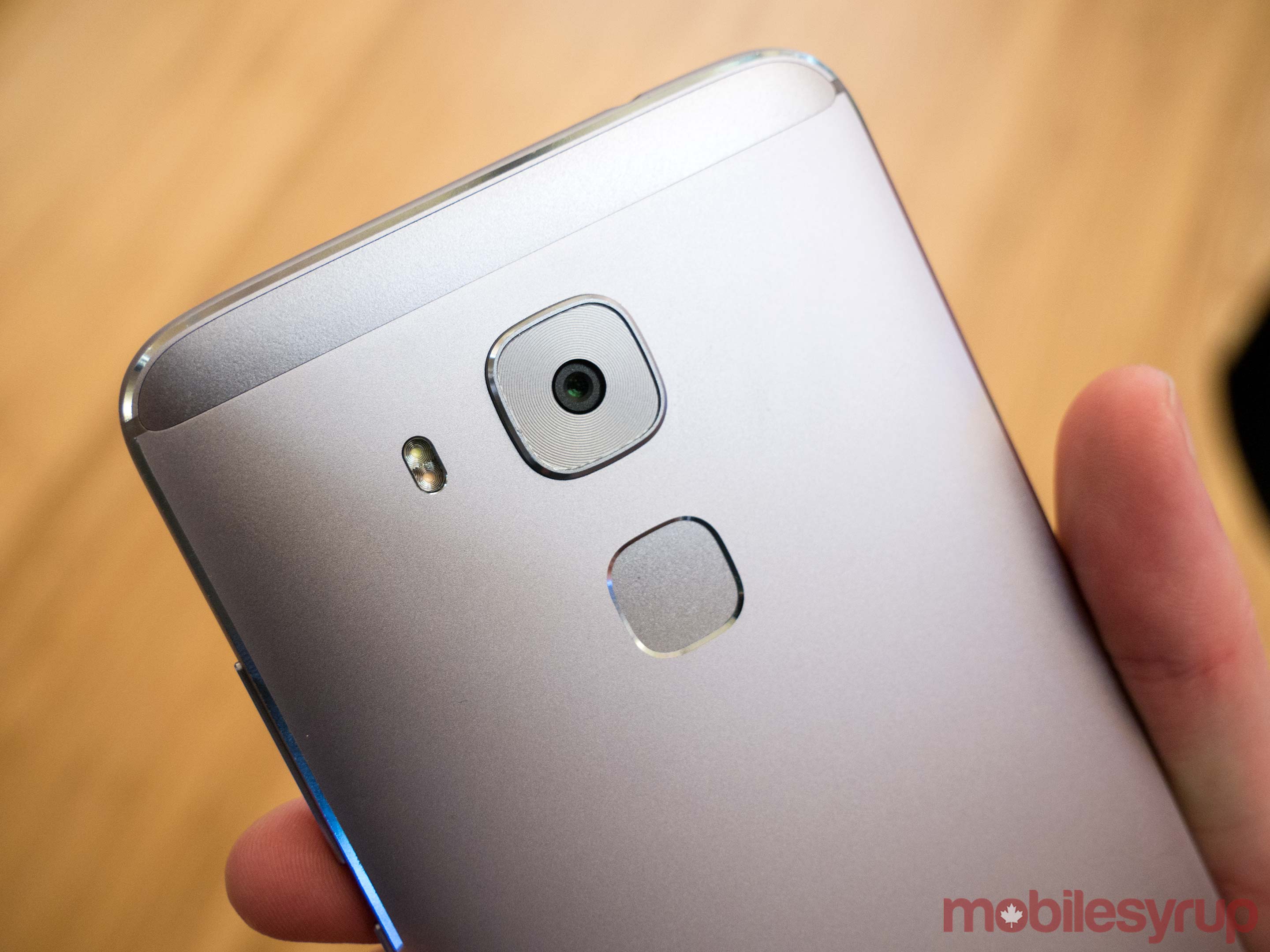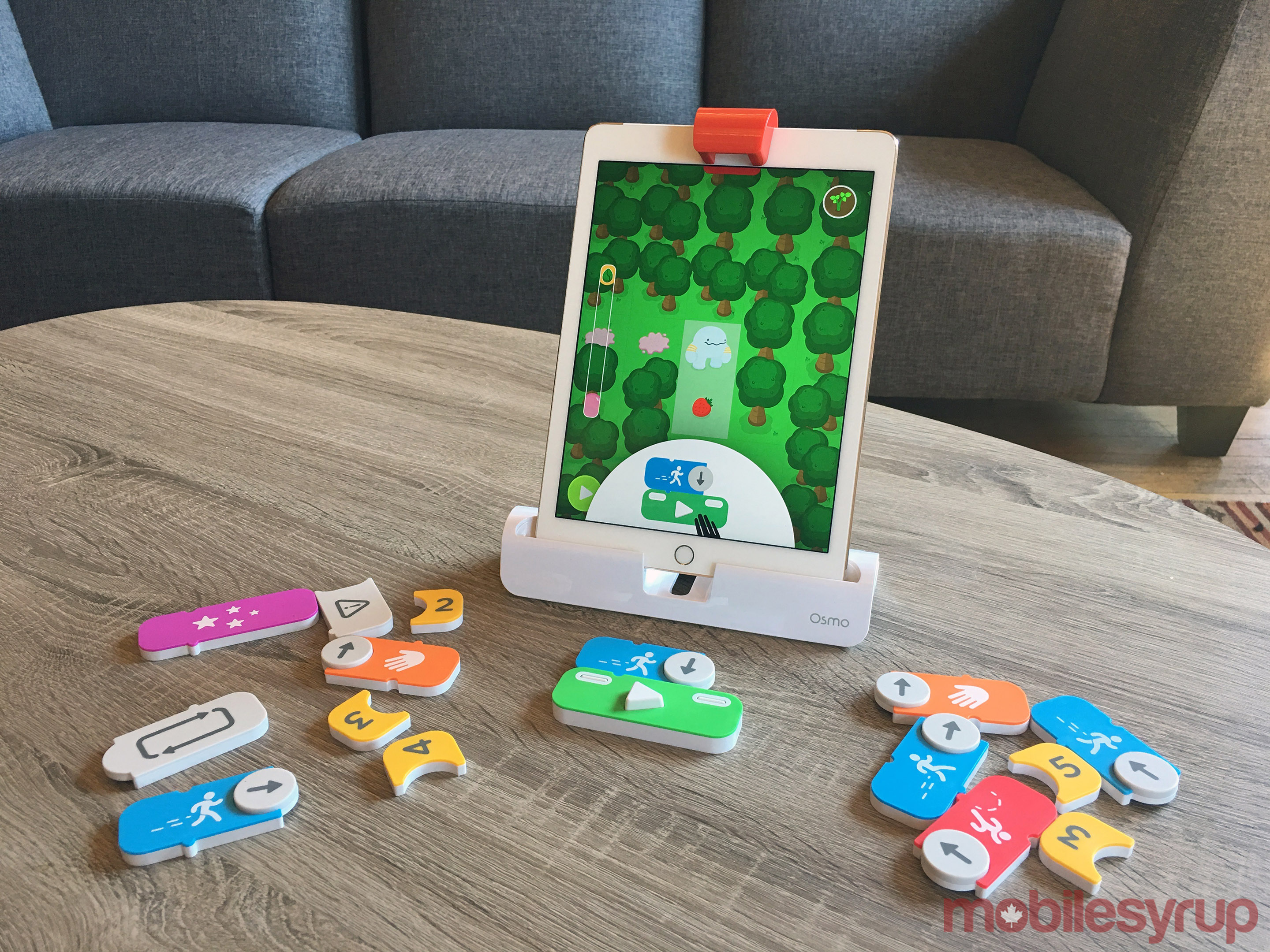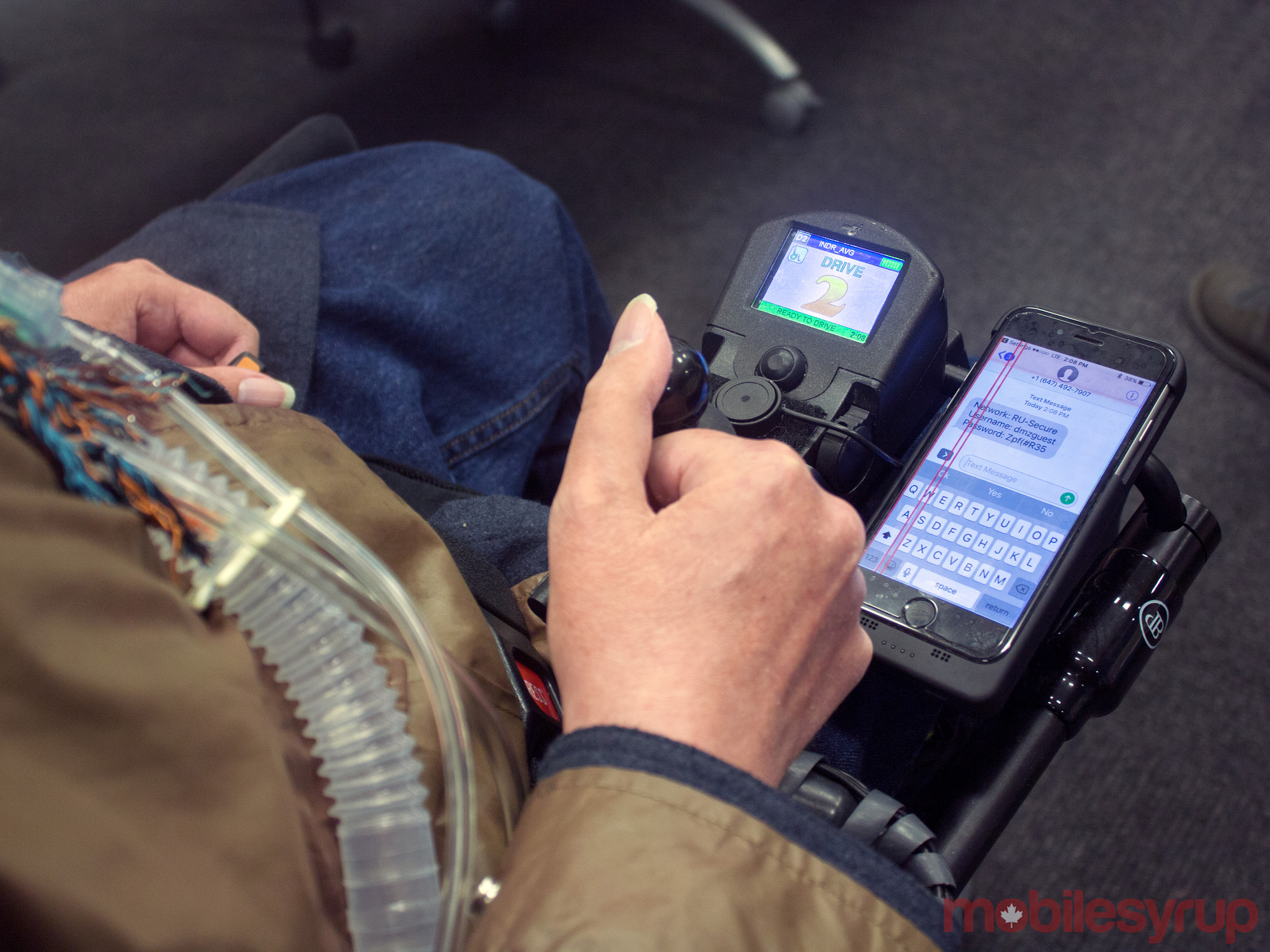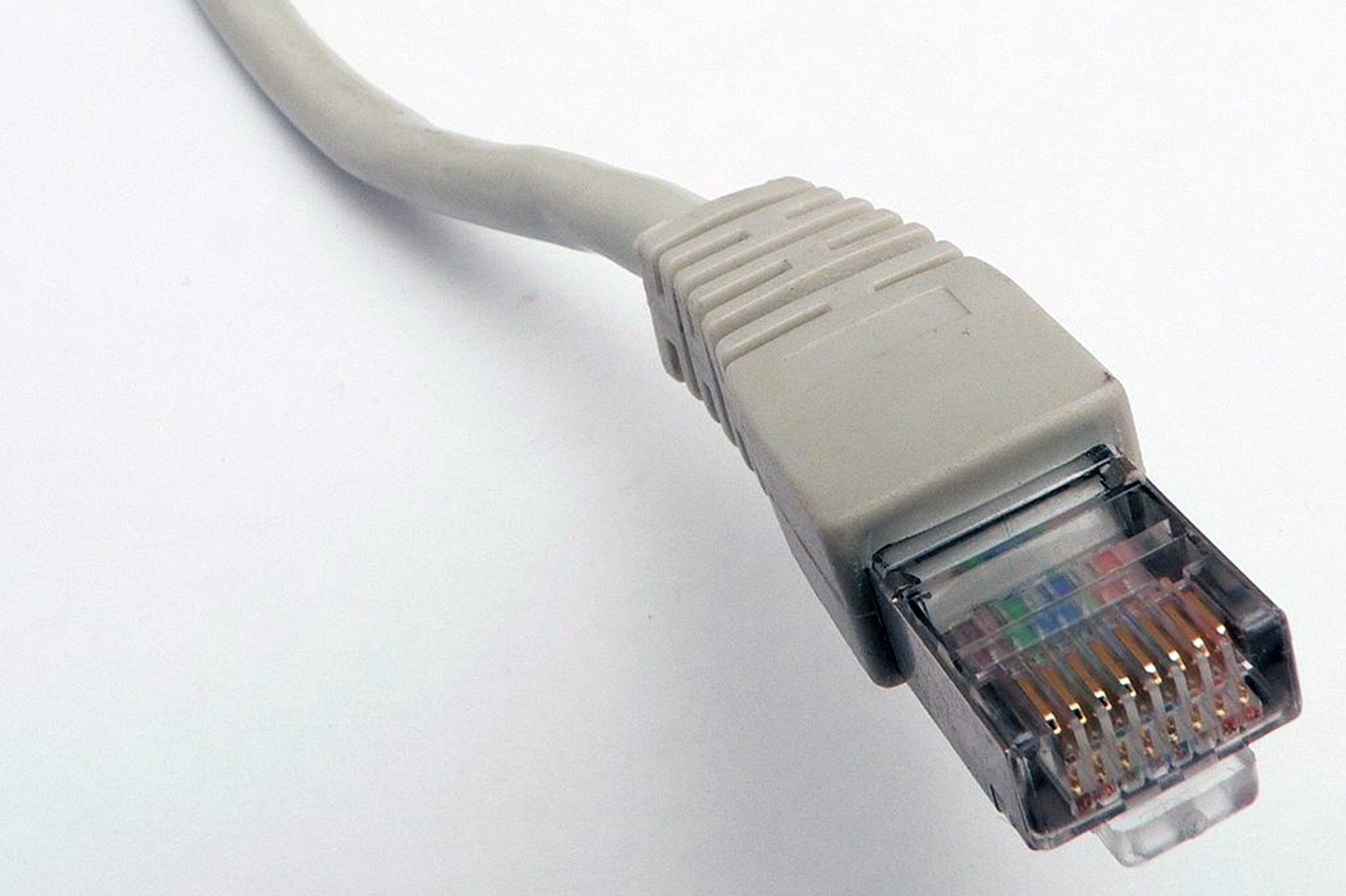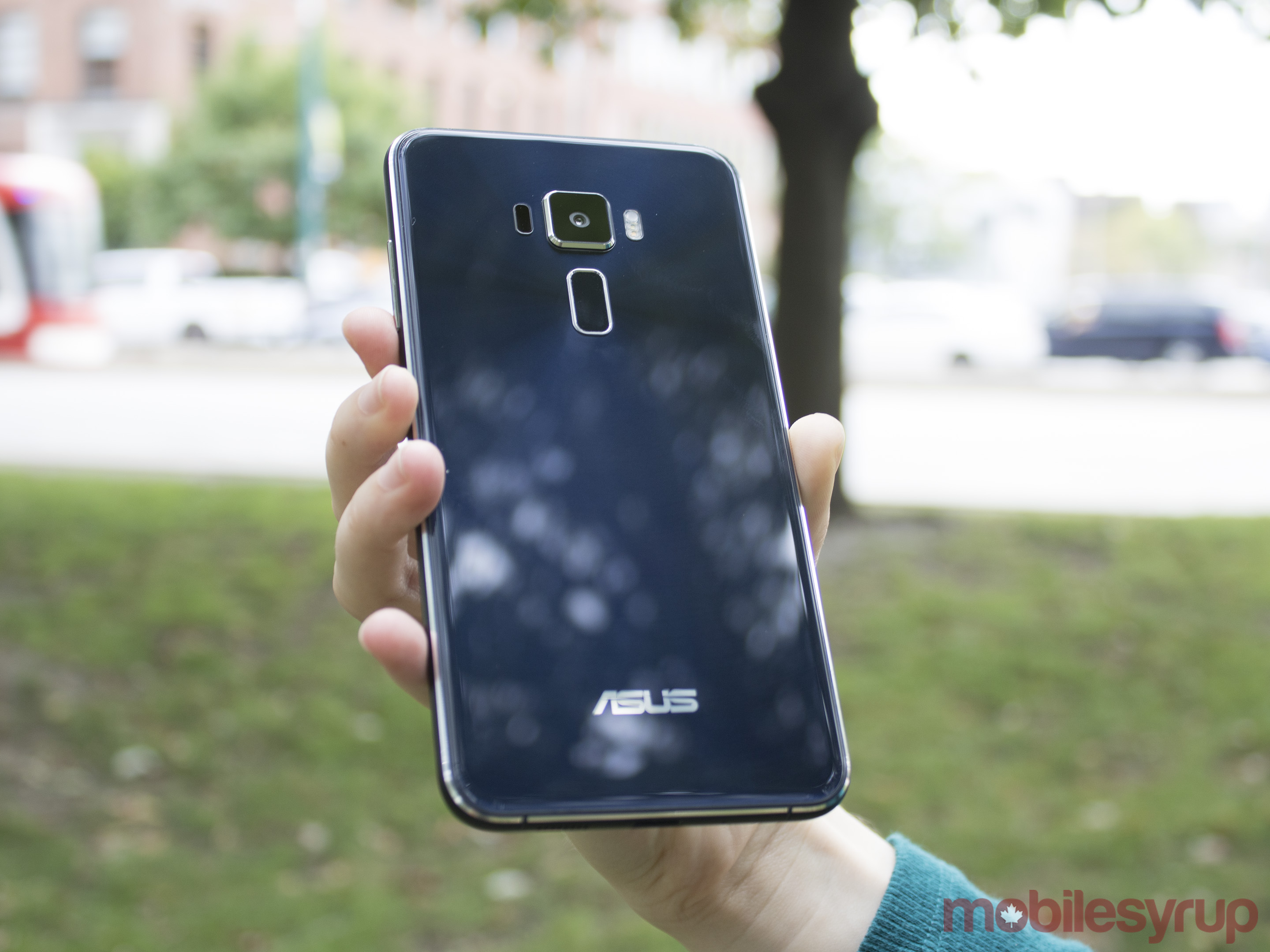
2016 may have been a tough year to get through, but it’s important, for mental health purposes, to remember it wasn’t all bad. If I put aside thoughts of exploding phones, dying cultural icons and a former reality TV stars becoming the U.S. president just for a moment, I can find many things that made me smile in 2016.
Chief among them is coming to work at MobileSyrup. Here, I get the opportunity to try fascinating new gadgets and talk to people who are seriously trying to make the world better through technology on a daily basis.
Those moments and devices are what comprise my five favourite things of 2016.
5G development shows results
As 2016 progressed, it was heartening to see frequent updates on the development of 5G technology — which could provide standard rates of 10GB/S over the air — from major players including Telus, Huawei, Rogers, Bell, Nokia, the Ontario government and the BC government. In May Huawei announced it would invest $16 million in an effort to accelerate ‘5G Ontario.’ Shortly after, Bell announced it would soon begin 5G trials — the last of the Big Three Canadian telecoms to delve into the space.
In July, Bell announced it had conducted its first trial together with Nokia. Subsequently in October, tests held by Telus and Huawei in the duo’s 5G Living Lab in Vancouver recorded a successful trial of 29.3Gbps. The two companies then deployed two new 5G technologies in November that furthered their goals. With all this activity, Canada may just deliver commercially available 5G service before the Next Generation Mobile Networks consortium’s expected date of 2020.
The smartphone market is stagnating, but mid-range devices are better than ever
In my position as new kid on the block, I was given the opportunity to review many of 2016’s most anticipated mid-range or otherwise budget-friendly Android devices, and was extremely pleasantly surprised by the standard of quality. While it’s fair to say that smartphones aren’t as exciting as they once were, and that less significant milestones are being made, the upside is that devices as a whole are levelling out at reasonable level of quality and at a fairly reasonable price.
For those looking for a mid-range or inexpensive flagship Android that performs in many ways just as well as heavy-hitters like the iPhone 7 or Samsung Galaxy S7, there were many options this year. Just to name a few: Moto G4 Plus, Axon 7, OnePlus 3, Moto Z Play, Asus Zenfone 3 and Huawei Nova Plus. From flagship-worthy camera experiences to two day batteries, these devices posed compelling threats to the pricey top-tier devices on the market.
Learning to code toys proliferate, bringing fun to digital education
Teaching kids to code has been getting buzz for quite a few years, but until very recently it wasn’t very easy. Turns out sitting a five-year-old down at a computer and demanding they learn Javascript doesn’t always yield the best results. In 2016, however, the educational toy market has finally caught up with parents’ desire to teach their kids one of the most valuable 21st century skills a person can have. Osmo offers tactile coding skills through snap-together puzzle pieces and a cute iPad game.
Fisher Price’s Code-a-Pillar allows very young children to create code by snapping together a caterpillar’s body in the right sequence to tell it where to move. Circuit Maze is a logic game for one that teaches about circuitry, for the budding engineer. If there’s no more room for toys in your house after the holidays, try downloading Scratch Jr. or Hopscotch on your mobile device for the little one.
Tecla is helping facilitate freedom through mobile accessibility
One thing we may not think about while we spend large portions of our days on our mobile devices, is what the mobile experience is like for those who are differently abled. For instance, the blind, the deaf and those who don’t have the same range of motion or use of their limbs. I know I hadn’t — not until I met Mauricio Meza, co-founder of Tecla, a device that facilitates the use of touchscreen smartphones for those unable to operate them with ease.
The truth is, however, that true mobile accessibility is not just a desirable feature, but an addition that has the power to put able-bodied and differently-abled people on common ground in our increasingly digital world. Not only that, but it’s much less common than it should be. While one of my favourite moments of 2016 was learning about Tecla and what it does, one of my wishes for the mobile industry at large in 2017 is that it will step up its game in accessibility development.
The internet becomes more accessible to those who need it most
The Big Three Canadian carriers frequently have a contentious relationships with Canadian consumers due to providing some of the world’s most expensive plans, but Rogers and Telus have made the news this year for offering or expanding subsidized internet programs for those who can’t afford that important resource.
Additionally, the CRTC has now declared that broadband internet access is a basic telecommunication service that must be offered to all Canadians and set 50mbps download and 10mbps upload as the new national objective for broadband service. This move will likely mean that those who love in rural areas will be better served in the future. Ideally, in 2017 and beyond, all Canadians who need access to the internet will find it much easier to gain than ever before.
MobileSyrup may earn a commission from purchases made via our links, which helps fund the journalism we provide free on our website. These links do not influence our editorial content. Support us here.


